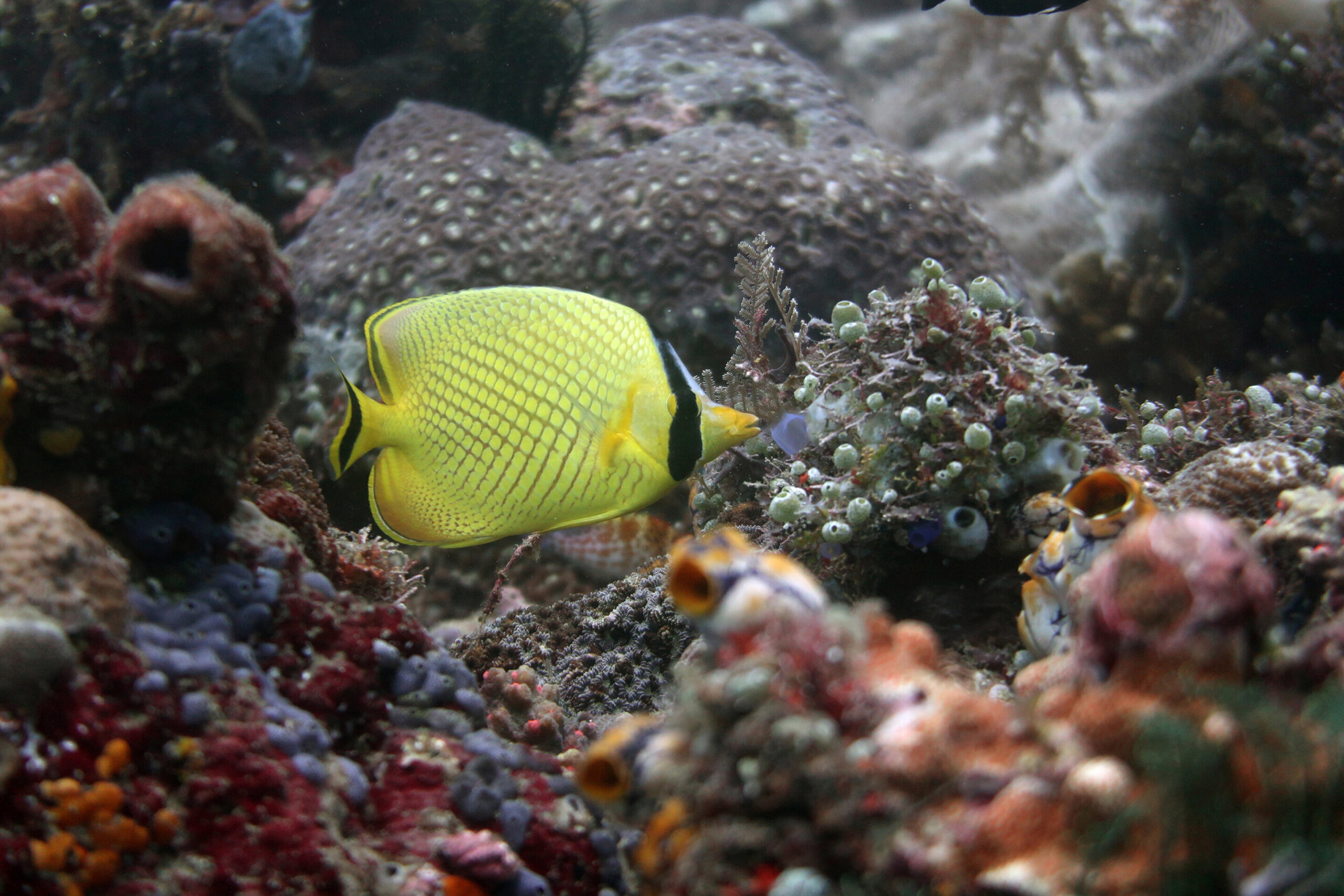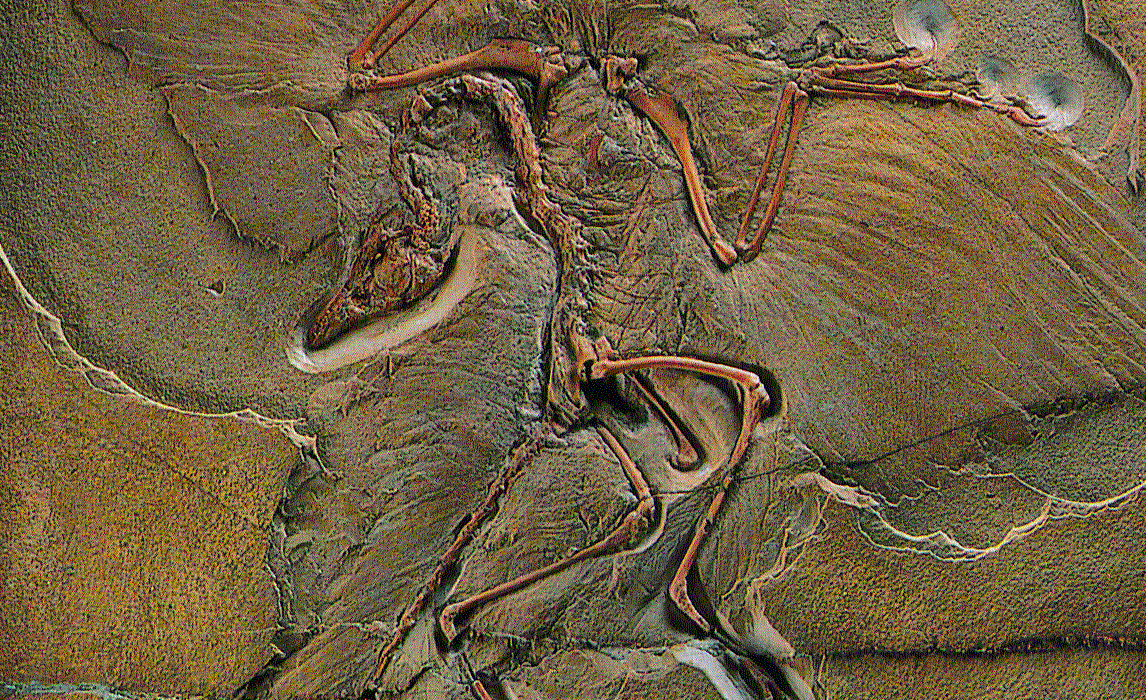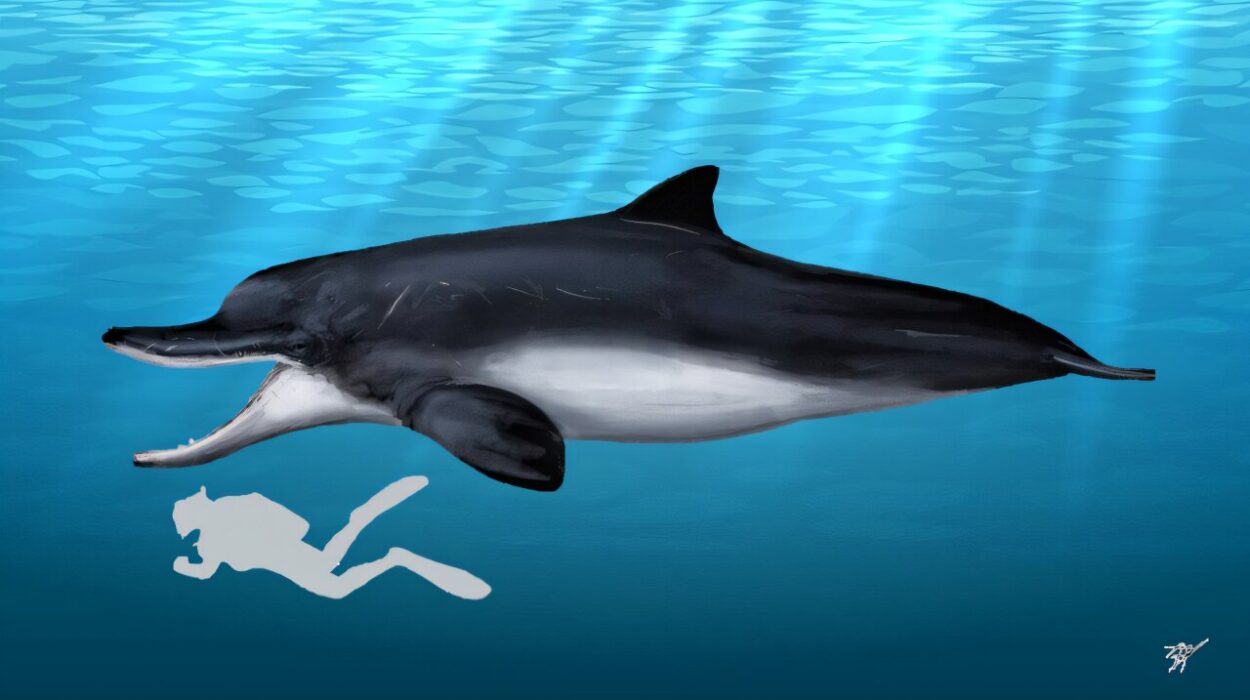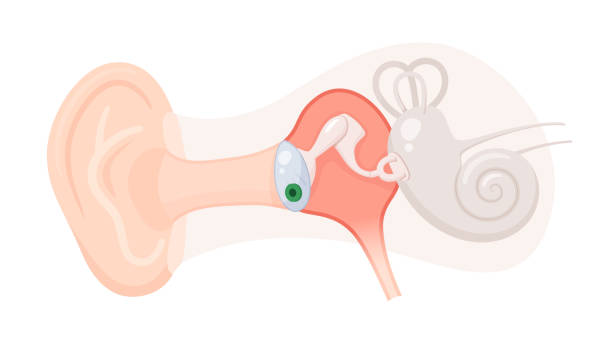In the crystalline waters of coral reefs, where sunlight dances on iridescent scales and colors burst forth in every hue imaginable, lies a truth as old as humanity itself: beauty moves us. It inspires awe. And perhaps more importantly—it compels us to care.
Now, a groundbreaking international study has confirmed just how deeply this visual magic matters. An international team of researchers, led by the University of North Carolina Wilmington (UNCW) in collaboration with Germany’s Leibniz Center for Tropical Marine Research (ZMT), has unveiled a striking link between the beauty of reef fish and our willingness to conserve their fragile ecosystems. Their findings, published in the prestigious Proceedings of the National Academy of Sciences, show that the aesthetic appeal of reef fish communities is not just a delightful byproduct of nature—it is a vital, measurable contributor to human well-being and a powerful motivator for environmental stewardship.
The Global Quest to Measure Beauty Underwater
What makes one reef more visually stunning than another? Is it the shimmering swirl of colors? The otherworldly forms of lionfish and butterflyfish? Or the sheer variety of species weaving through coral towers like threads in a living tapestry?
To answer these questions, the team took an ambitious approach. Led by Dr. Matthew McLean (UNCW) and Dr. Nicolas Mouquet (CNRS, France), the researchers analyzed data from over 3,500 fish assemblages across coral reefs worldwide. These were no ordinary fish counts. The team blended detailed ecological datasets from global reef monitoring programs with a novel human perspective: how people perceive the aesthetic appeal of reef fish species.
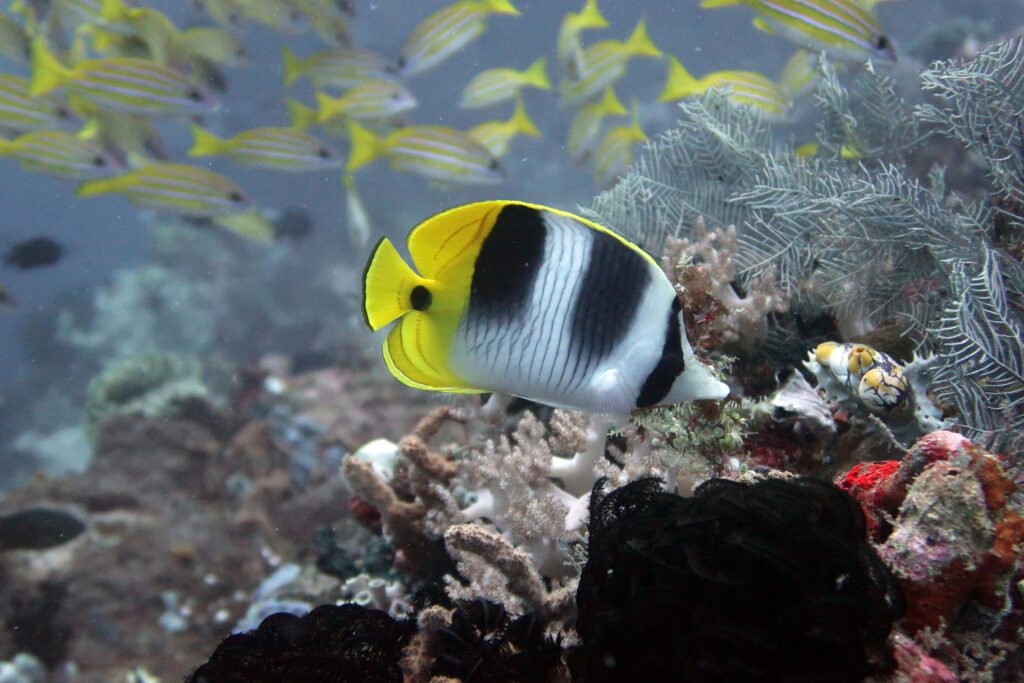
Their method? They asked the public. Using online surveys, people from all walks of life were shown images of reef fish and asked to rate their beauty. The results—colorful, surprising, and deeply human—formed the foundation for a scientific exploration of what we find visually compelling beneath the waves.
Coral Cathedrals of Beauty and Biodiversity
What the study uncovered is both scientifically rigorous and emotionally resonant. The most beautiful reef fish communities, as rated by humans, are found in highly diverse tropical marine protected areas, particularly those where coral cover remains strong.
It’s not just about the number of species, though diversity does play a key role. Fish communities that rated highest in perceived beauty also featured species with exceptional colors, unique body shapes, and distinctive patterns—traits that captivate the human eye and imagination. Think of the surreal electric blue of a tang, the feathery fins of a lionfish, or the kaleidoscopic patterns of a wrasse. These are the underwater jewels that leave snorkelers breathless and marine photographers spellbound.
“This study shows that the beauty of fish communities is not random,” says lead author Matthew McLean. “It peaks where marine protection, biodiversity, and healthy coral structures converge. That’s a message that matters not only to scientists, but to everyone who treasures the ocean.”
More Than Meets the Eye: Beauty as a Conservation Tool
While the visual allure of coral reefs is often taken for granted, this research places it at the heart of conservation strategy. The emotional connection humans feel toward beautiful ecosystems isn’t just poetic—it’s practical.
“People protect what they love,” says Dr. Sonia Bejarano of ZMT, a co-author of the study. “When reefs are beautiful, colorful, and full of life, they generate tourism, support local economies, and strengthen our connection to nature. That emotional bond can be harnessed to build broader support for conservation.”
In a time when coral reefs are under increasing threat—from rising sea temperatures and ocean acidification to pollution and overfishing—the idea that beauty itself can be a rallying cry for protection is both hopeful and urgent.
Currently, less than 7% of reefs worldwide are effectively protected. This sobering statistic comes at a time when reef degradation is accelerating, and entire ecosystems risk collapsing within decades without intervention.
More Than Just Fish: A Non-Material Gift
The beauty of reef fish is a non-material contribution to human well-being. In the language of ecosystem services, it’s not about fish on the dinner plate or corals mined for building material—it’s about what nature does for the human spirit. It’s the thrill of discovery underwater. It’s the calming awe of a coral garden blooming with life. It’s the reason people travel across the globe to places like the Maldives, the Great Barrier Reef, or the reefs of Indonesia.
As Dr. Mouquet puts it, “We often focus on the tangible benefits of ecosystems—food, medicine, coastal protection. But aesthetic experiences are just as real. They influence mental health, shape cultural identity, and determine how much we care about conservation.”
This study strengthens a growing body of research showing that the intangible benefits of nature—beauty, inspiration, connection—are crucial drivers of environmental action. Protecting reefs, then, is not just about safeguarding biodiversity. It’s about preserving the very experiences that make life richer and more meaningful.
A Blueprint for Future Conservation
The implications of this research extend far beyond coral reefs. It offers a blueprint for integrating aesthetics into conservation planning, emphasizing that beauty is not just an added bonus—it is a fundamental reason why ecosystems matter to people.
If governments and conservation organizations can identify and protect areas with high visual appeal, they can tap into public emotion and build powerful momentum for marine protection. This is especially critical in the Global South, where tourism linked to reef beauty supports millions of livelihoods.
“Marine protected areas are not only ecological lifelines,” says Bejarano, “they are emotional anchors. They help people see and feel the value of nature. When done right, they promote sustainable tourism, economic resilience, and environmental education.”
The study also suggests that by maintaining reefs in a coral-dominated state, with healthy biodiversity and minimal degradation, conservationists can amplify both ecological function and aesthetic value—a win-win for nature and society.
A Wake-Up Call Beneath the Waves
There is a quiet tragedy unfolding beneath the ocean’s surface. Coral bleaching, pollution, and unregulated fishing have already destroyed large swaths of reef ecosystems. And yet, in the midst of this ecological emergency, this study brings a spark of hope.
It reminds us that people are not just detached observers of the natural world—we are part of it. We are moved by it. And when nature stirs our emotions, we are more likely to stand up for it.
In the words of Albert Einstein, “The most beautiful experience we can have is the mysterious. It is the fundamental emotion that stands at the cradle of true art and true science.”
The world’s coral reefs, with their hypnotic fish and sunlit spires, offer that experience in abundance. They are places of wonder and mystery, science and spirit. And now, we know that preserving their beauty may be one of the most powerful tools we have to protect them.
From Data to Delight—and Action
This study turns cold data into something warm and luminous. By translating biodiversity into human perception—by listening to what ordinary people find beautiful—it opens new doors for science communication, tourism policy, and international conservation.
It is a reminder that saving the planet isn’t just about equations and statistics. It’s about the emotional connections we build with the living world. It’s about how a flash of iridescence in a shallow bay can awaken something deep in the human heart.
And perhaps, just perhaps, it’s about seeing that beauty is not a luxury—it’s a lifeline.
Reference: Matthew McLean et al, Conserving the beauty of the world’s reef fish assemblages, Proceedings of the National Academy of Sciences (2025). DOI: 10.1073/pnas.2415931122
